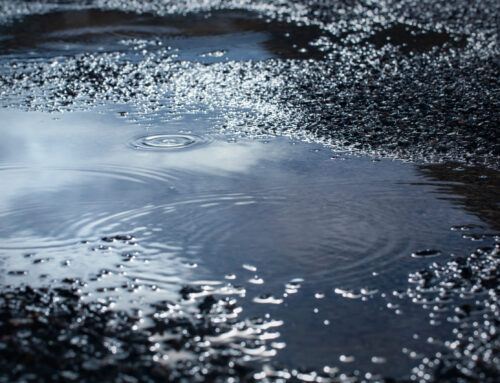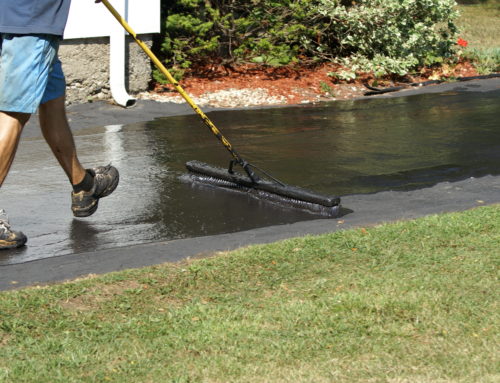One of the most major concerns with roadways of the past was on how they avoided erosion due to moisture and heavy rains and the dust kicked up. Macadam roads, as discussed last time, were adequate for most common modes of transportation of the time, but even they were subject to the powers of rain. Then came automobiles and the concerns of road stability mounted.
This all changed when modern tarmac found use. Tar had already seen use in sealing and stabilizing roads, in fact, tar had been used to pave roads in Baghdad, Iraq as the 8th century C.E. The more modern variant, tarmac was developed in 1901 by Edgar Purnell Hooley, a British civil engineer. Hooley had made note that when the tar was placed over sections of the road the surface created was much smoother, and the dust kept down. The process by which tarmac was made involved mixing the tar and aggregate materials before they were laid on the road and then compacting the mix, usually with a steamroller. This would pave the way for all modern roads we drive on.
Evolving from cleared game paths to miles of crushed rocks laid atop larger crushed rocks, to designing roads with curves to allow drainage, to them being covered in tarmac, the journey of the simple road has been a long one.
The past several years have seen inventors looking to create solar powered and storing roadway. The project gained massive backing via crowdfunding sources and has seen testing in small capacities. Many exerts find the idea a bit misguided, the costs to create such roads and have it function the way designed is much more expensive at the moment, and the logistics of having thousands of miles of electronics needing maintenance, etc. Right now, it remains a fun sci-fi dream.
Until we have solar roads, flying cars, or teleportation devices, however, asphalt remains both our way. Let Sunrise Asphalt be the company for all your paving, patching, and sealing needs.



